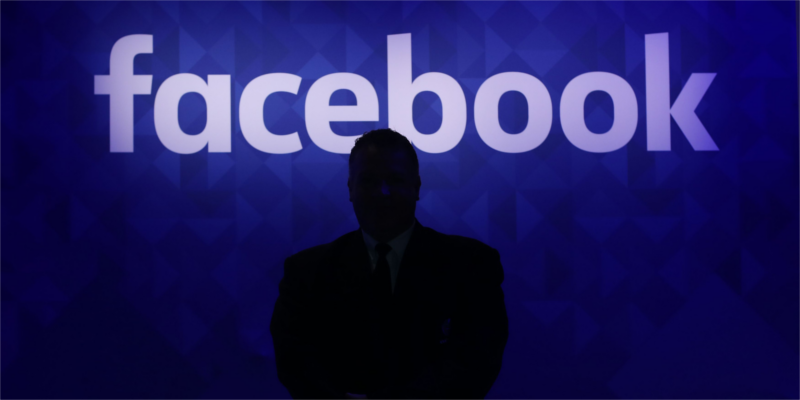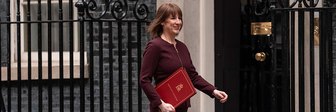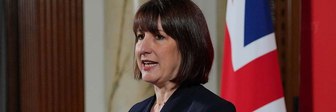People from all parts of the political spectrum say they see more news from left-wing sources than from right-wing sources on their Facebook feed
Facebook has denied allegations that reviewers on its trending news feature routinely suppressed news from right-wing sources. The feature displays news stories that are organically 'trending' – being shared at a high frequency – by Facebook users, however a journalist that formerly worked on the project said workers both prevented conservative stories from appearing and 'injected' stories into the trending feed that were not actually trending. Facebook said there was no evidence for the charge, and insisted their tools had been designed to make discriminating against sources from an ideological origin "not technically feasible".
New YouGov research of British Facebook users reveals that they widely perceive a political skew on their news feeds, where posts are displayed algorithmically based on what friends have shared or liked. People from all three degrees of the political spectrum say they see more news from left-wing sources than from right-wing sources.
Given the nature of networks – the tendency for humans to group in familiar or self-confirming circles – it's unsurprising that Facebook's algorithm presents left-wing people with more news from left-wing sources (40% say this is what they see more of) than from right-wing sources (7%) or an even balance (25%).
What is surprising is how this rings true for people on the right (24% see more news from left-wing sources, 11% from the right) and to a lesser extent people from the centre (10% and 4% respectively).
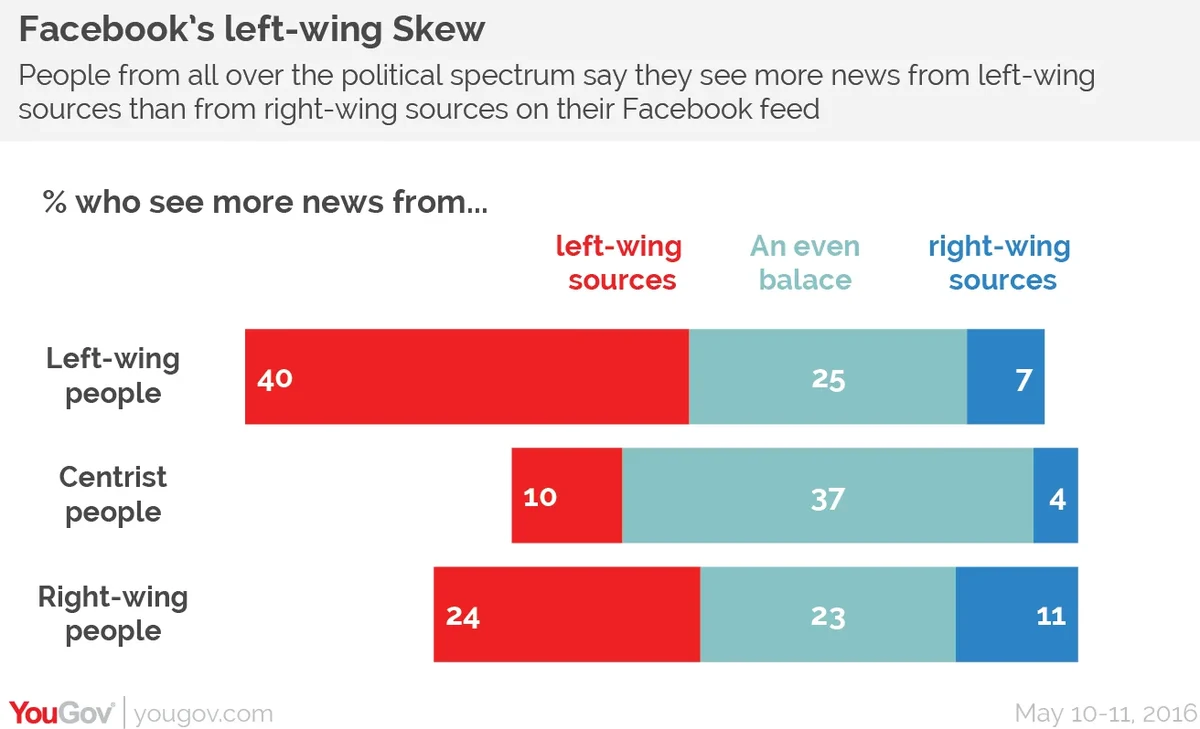
There may be more Labour voters on Facebook, which could account for the skew. According to our research this effect may be small, however – 74% of 2015 Labour voters are a member compared to 71% of Conservatives. Undoubtedly there are more younger people, who are less likely to describe themselves as right-wing (15% of 18-24s compared to 39% of over-65s) on the social network. This is likely to explain a large part of the phenomenon.
Twitter on the other hand seems to more consistently reflect people's own views back to them. People on the left are more likely to see news from sources on their side (34%) than from the right (21%) and vice versa – right-wing people see more from right-wing sources (23%) than from the left (16%).
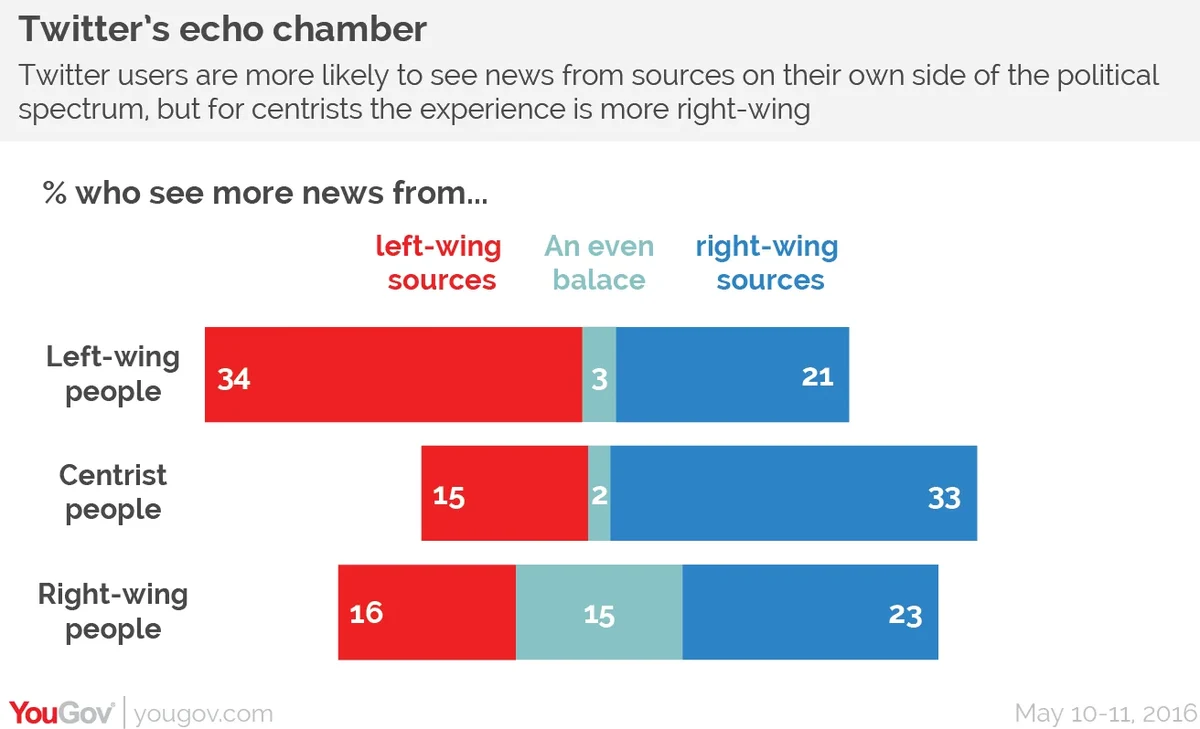
The research reveals more balance on Twitter than Facebook, as substantial minorities on each side of the political spectrum say they see material from sources on the opposing side. Centrists say they are more likely to see news from the right (33%) than the left (15%).
PA image
